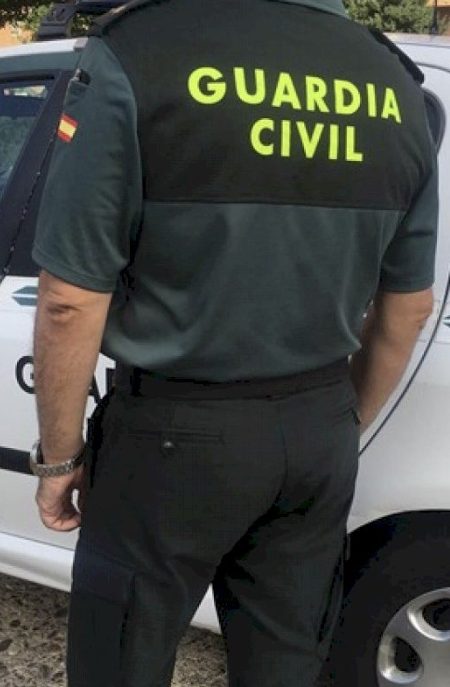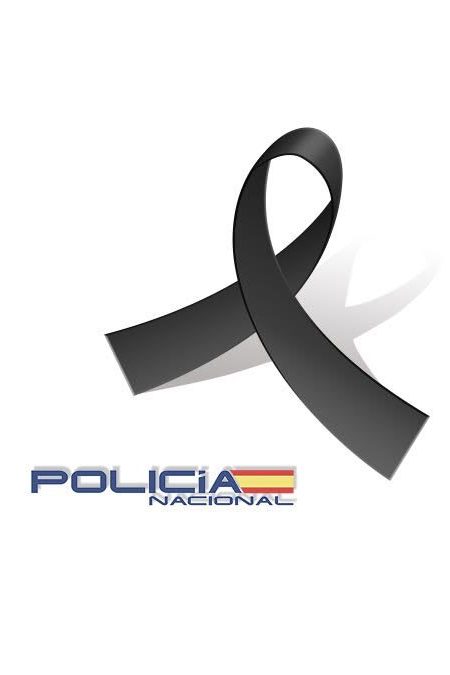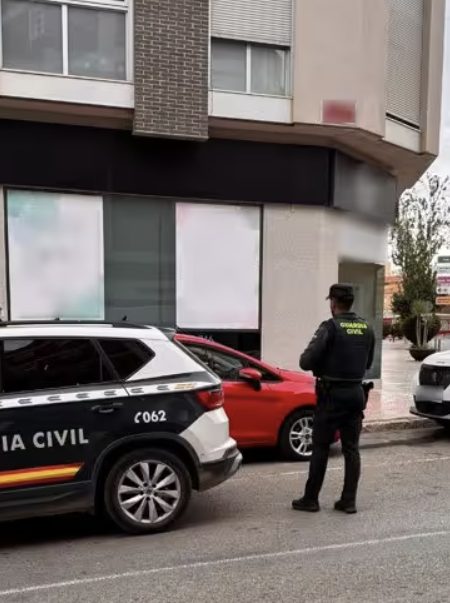Yesterday, Tuesday 1st April, the Ministry of Transport and Sustainable Mobility was given permission by the Council of Ministers to contract for €12.5 million (VAT excluded) to undertake extra work to improve high-speed rail at the Alicante station and solidify the province as a major hub in the Mediterranean Corridor. As part of the ongoing work to add six extra tracks to the current four, this contract will modify the control, command, and signalling systems at Alicante Terminal station to accommodate the future configuration of standard-gauge tracks.
The Alicante terminal will have ten standard-gauge tracks overall, making it one of the stations on the railway network with the most when the work is finished. The completion of the track expansion projects is made possible by the adaptation of these facilities, which are involved in rail traffic regulation. With a €20.2 million investment (VAT included), work recently started. The project’s current tasks include locating the points to be addressed (layout) on the track and platforms, along with topographical verifications of the track bed; laying out the pile foundations for the sound-absorbing screen on the station’s mountainside; identifying and inspecting the control, command, and signalling and telecommunications facilities; and renovating the auxiliary facilities area.
According to ministry sources in a statement, the goal is to expand the station’s ability to manage high-speed and standard-gauge traffic, both locally and over medium- and long-distance distances, solidifying the capital of Alicante as a key location in the Mediterranean Corridor. Given the Madrid-Alicante High-Speed Line’s (LAV) potential under rail liberalisation, which includes new operators and traffic, as well as the Valencia-Alicante section’s and the Encina Junction’s eventual conversion to standard gauge, it is imperative that the terminal have enough capacity to accommodate the anticipated rail services.
A new configuration for the track
The station will eventually have 10 standard-gauge tracks (by building 4 new ones and converting 2 to conventional gauge) with 5 platforms and 4 conventional-gauge tracks with 2 platforms, making use of the area between the long-distance and medium-distance/commuter tracks. Track work (new tracks, track gauge adaptation, route modification, switch installation), platforms (adaptation, remodelling, and new construction), and electrification (installation of 25 kV power lines on the new standard-gauge tracks, electrification for the high-speed network, complete electrification of the conventional-gauge tracks, and new energy remote control) are among the ongoing projects (the layout report was signed in February).
In addition, facilities for rail operators (such as new check-in counters and maintenance rooms) will be deployed, and the passenger building’s functionality will be enhanced to accommodate the increasing ridership. Along with rearranging and expanding access to the commuter rail area, acoustic barriers will be installed in both the north and south zones. Three railway lines currently meet at Alacant Terminal station: the conventional gauge Alicante-El Reguerón (connection to Murcia), La Encina-Alicante (connection to Albacete/València), and the Madrid-Alicante high-speed rail line, which connects to the Monforte del Cid-Murcia high-speed rail line. Three platforms serve two conventional gauge tracks and four standard gauge tracks for long-distance services. There are three stations and five Iberian gauge tracks for commuter and medium-distance rail services. The same sources suggest that the European Union’s Connecting Europe Facility (CEF) may co-finance these projects.









No Comment! Be the first one.